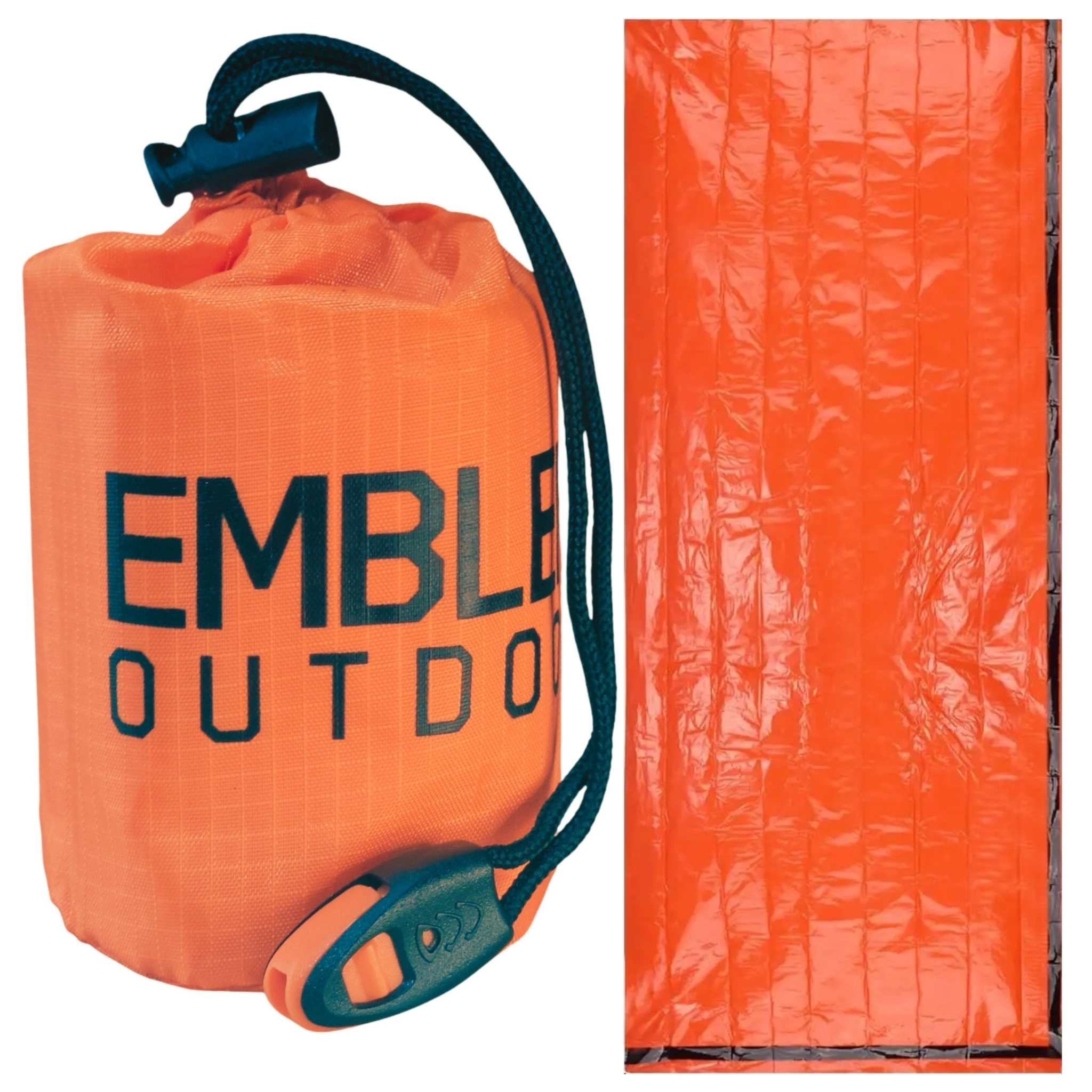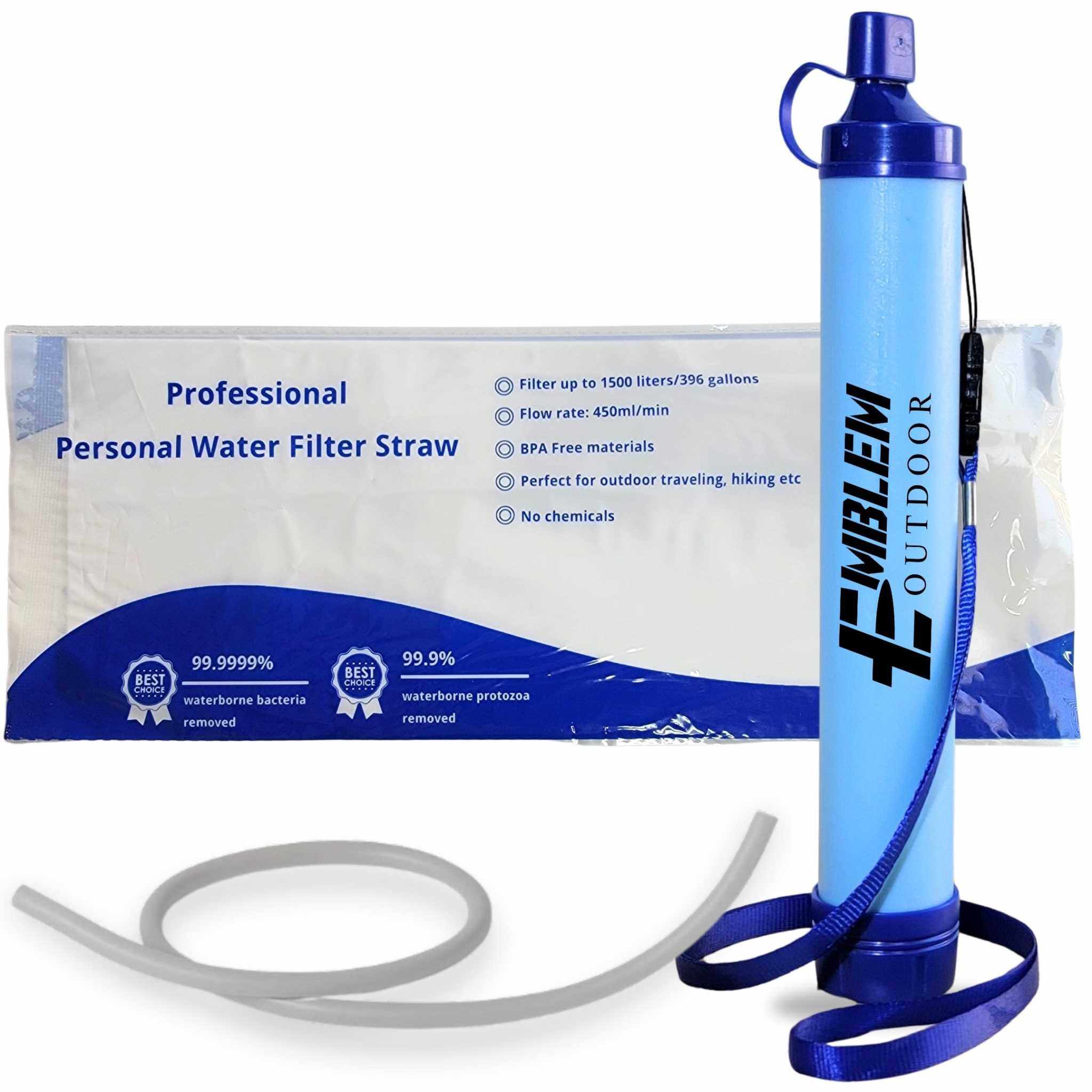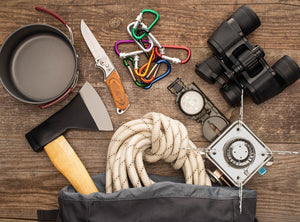In a world that feels increasingly unpredictable — from natural disasters and global unrest to everyday accidents and emergencies — the concept of preparedness has taken on new meaning. It’s no longer just about survival kits and emergency plans. It’s about cultivating a mindset that allows you to stay calm, act decisively, and protect what matters most.
At Emblem Outdoor, we’ve seen firsthand how readiness transforms people. It’s not just about having the right gear — it’s about what that gear represents: control, confidence, and peace of mind. In this article, we explore the psychology behind preparedness and why it’s one of the most empowering habits you can build.
🧭 Preparedness Is a Mindset, Not Just a Checklist
When most people think of being prepared, they picture a checklist: flashlights, batteries, first aid supplies, food, water. But true preparedness goes deeper. It’s a mindset — a way of thinking that anticipates challenges and responds with clarity instead of panic.

Psychologists refer to this as proactive coping: the ability to prepare for potential stressors before they occur. People who engage in proactive coping tend to experience less anxiety, make better decisions under pressure, and recover more quickly from setbacks.
Preparedness isn’t about living in fear. It’s about building mental resilience — the ability to adapt and respond effectively when things go wrong.
Confidence Through Competence
One of the most powerful psychological benefits of preparedness is confidence. When you know how to respond to an emergency — whether it’s a medical situation, a power outage, or a wilderness mishap — you feel more in control. That sense of control reduces fear and boosts your ability to act.
This is known as self-efficacy: the belief in your ability to handle specific situations. Studies show that people with high self-efficacy are more likely to take initiative, persist through challenges, and remain calm under pressure.
Preparedness builds self-efficacy in two ways:
- Knowledge: Learning how to use tools, administer first aid, or navigate a crisis.
- Practice: Rehearsing scenarios, maintaining gear, and building muscle memory.

When you combine knowledge and practice, you create a foundation of confidence that carries over into every part of life.
Reducing Anxiety Through Readiness
Uncertainty is one of the biggest drivers of anxiety. When we don’t know what’s coming or how to respond, our brains go into overdrive — imagining worst-case scenarios and triggering stress responses.
Preparedness acts as a psychological buffer. It gives you a plan, a toolkit, and a sense of agency. Instead of feeling helpless, you feel equipped.
In fact, research shows that people who engage in emergency planning — even simple steps like assembling a home kit or learning basic first aid — report lower levels of anxiety and higher levels of well-being.
It’s not about eliminating risk. It’s about knowing you’ve done what you can to mitigate it.
Routine Builds Resilience
Preparedness isn’t a one-time event. It’s a routine — checking your gear, updating your supplies, reviewing your plans. And that routine builds resilience.
Resilience is the ability to bounce back from adversity. It’s not just about surviving — it’s about thriving in the face of challenge. And it’s built through habits that reinforce stability and control.
When you regularly engage in preparedness activities, you train your brain to stay calm, think clearly, and act decisively. You also reinforce a sense of purpose — knowing that you’re protecting yourself, your family, and your community.
Preparedness vs. Paranoia: Clearing the Misconceptions
One of the biggest misconceptions about preparedness is that it’s rooted in paranoia — that people who stock supplies or carry emergency gear are fearful or extreme.
In reality, preparedness is the opposite of paranoia. It’s a rational, proactive approach to risk. It’s about acknowledging that emergencies happen — and choosing to be ready rather than reactive.
Prepared individuals tend to be more confident, more capable, and more grounded. They don’t panic when things go wrong. They respond.
Preparedness isn’t about expecting disaster. It’s about being ready for possibility.
Community and Leadership
Another overlooked benefit of preparedness is its impact on others. When you’re ready, you’re not just protecting yourself — you’re positioned to help those around you.
Whether it’s assisting a stranger with a medical emergency, guiding your family through a power outage, or supporting neighbors during a natural disaster, your readiness becomes a form of leadership.

People naturally look to those who remain calm and decisive in crisis. By being prepared, you become a stabilizing force — someone others can rely on.
🛠️ Turning Awareness Into Action
So how do you start building psychological preparedness?
- Learn: Take a first aid course, read up on emergency protocols, understand your local risks.
- Equip: Assemble basic supplies for home, car, and travel. Choose gear that’s reliable and easy to use.
- Practice: Run drills, test your equipment, rehearse scenarios.
- Review: Update your kits regularly, check expiration dates, and refine your plans.

Preparedness isn’t about perfection. It’s about progress. Every step you take builds confidence and capability.
🎯 Final Thoughts
In uncertain times, preparedness is more than a strategy — it’s a source of strength. It empowers you to face challenges with clarity, protect what matters most, and lead others through adversity.
At Emblem Outdoor, we believe that readiness is a lifestyle. It’s not just about gear — it’s about mindset, resilience, and confidence. Whether you’re on the trail, at home, or navigating daily life, being prepared helps you move through the world with purpose and peace of mind.




